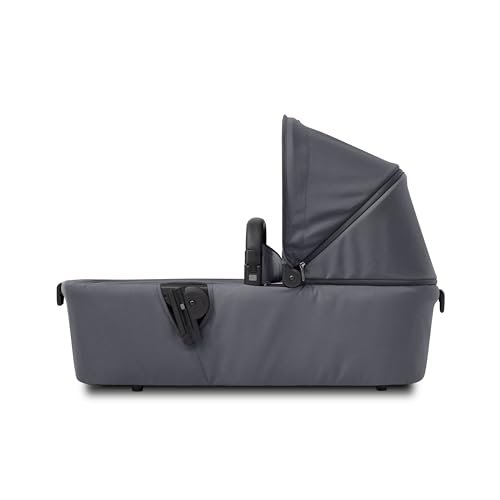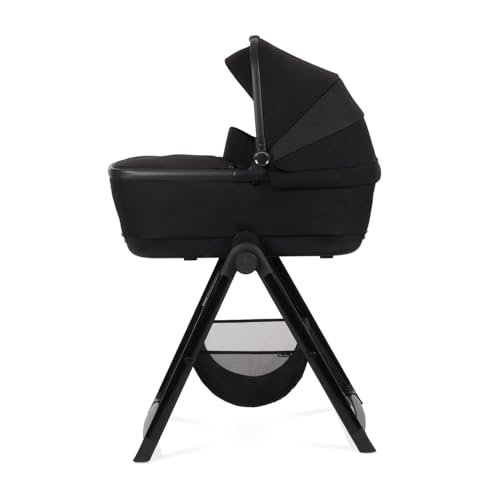Choosing the right carrycot mattress is crucial for your baby’s comfort and safety. But with so many options on the market, it can be overwhelming to decide which material is best. In this article, we’ll explore the pros and cons of different carrycot mattress materials to help you make an informed decision.
Hypoallergenic materials
If your baby has allergies or sensitive skin, a hypoallergenic carrycot mattress is a good option. These mattresses are made with materials that are less likely to cause allergic reactions, such as organic cotton, bamboo, or wool. Hypoallergenic mattresses are also easier to clean and maintain over time, which is essential for preventing allergen buildup.
Natural materials
Natural materials like organic cotton and wool offer several benefits for your baby’s health and well-being. They are free from harmful chemicals and toxins that can be found in synthetic materials like polyester and foam. Additionally, natural materials are breathable and regulate body temperature, helping to prevent overheating and keeping your baby cool and comfortable.
Foam materials
Foam carrycot mattresses are a popular choice due to their affordability and lightweight. However, it’s important to choose a high-density foam mattress to ensure adequate support and prevent sagging. Foam mattresses also tend to hold heat, which can be uncomfortable for your baby in warm weather. Moreover, foam materials may contain toxic substances like flame retardants, so be sure to check for certifications like CertiPUR-US to ensure they are safe.
The best material for a carrycot mattress depends on your baby’s individual needs, preferences, and budget. Hypoallergenic and natural materials are generally the safest and most comfortable options, while foam materials may be suitable for short-term use or in a pinch. When choosing a carrycot mattress, always read product labels and look for certifications to ensure that the materials are safe, healthy, and high-quality.






